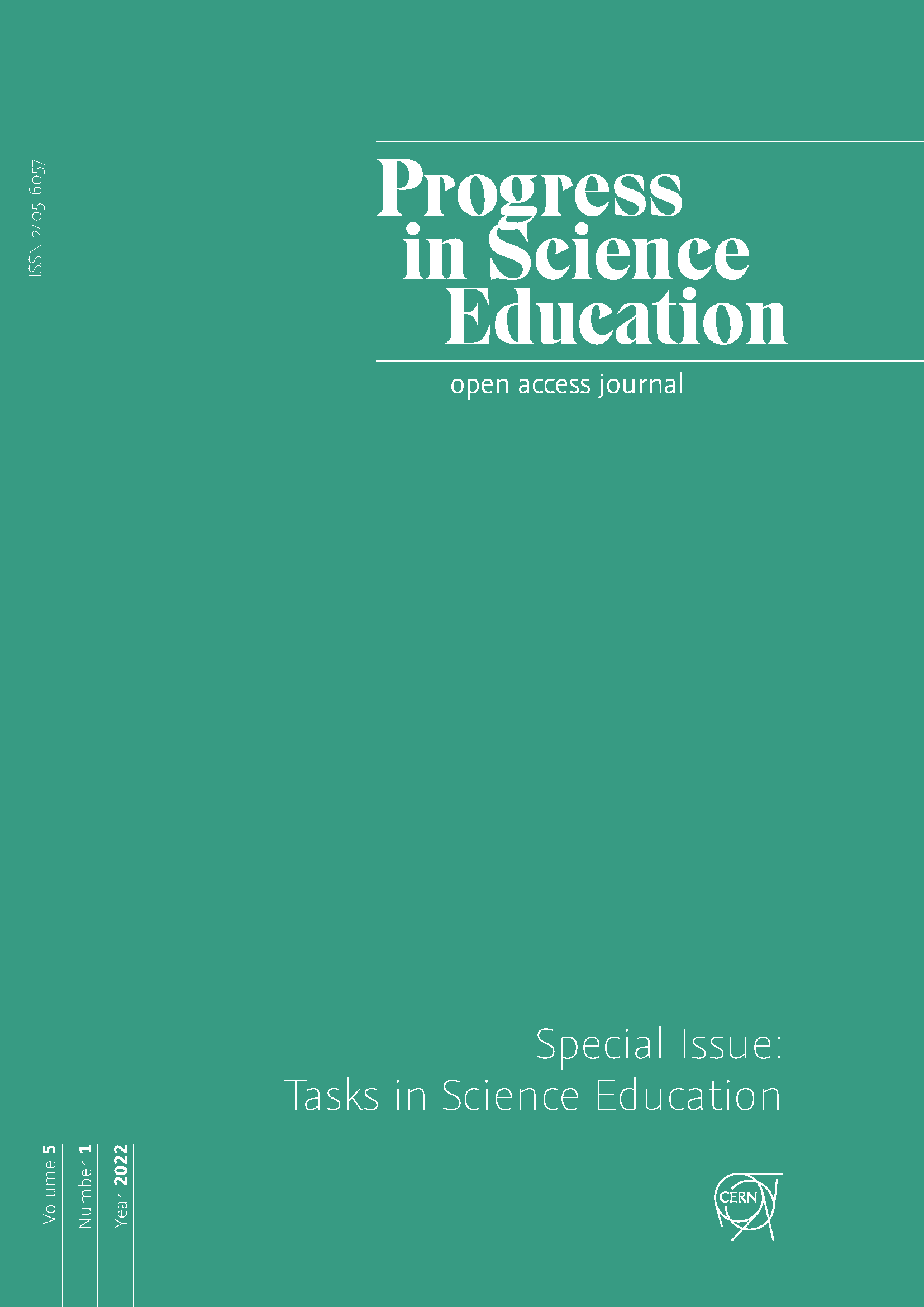Entwicklung eines Workshops zur Infrarot-Optik nach dem Basismodell «Konzeptbildung»
DOI:
https://doi.org/10.25321/prise.2022.1283Abstract
Background: As part of a study to investigate the influence of the mode of presentation of a laboratory instruction, the cognitive load, and the self-efficacy for experimenting on learning performance a workshop was developed about visible and infrared optics.
Purpose: The workshop named “(Invisible) Light – Discovered with the Smartphone” was structured according to the basis-model “Concept Building” from Oser. The lesson planning for the workshop will be shown in the article and its suitability will be theoretically justified.
Design and Method: The theoretical contribution is devoted to the following question: How could a 90-minutes lesson be structured so that students can successfully integrate a new concept into their existing knowledge structure? Empirically founded theories for structuring lessons on the sight structure (processing of teaching) and basis-model (processing of learning) are explained, with a special focus on the basis-models of teaching. The explanation about the chain of necessary steps in the basis-model “concept building” takes place through the description of the planned teaching phases of the workshop.
Results: The presented workshop was piloted with seven classes from junior high school and, after minor changes, carried out forty-nine times in this form. The learning effect of the workshop could be proven by means of quantitative statistical evaluations. However, the learners failed in transferring the newly acquired knowledge to other contexts.
Implications for classroom practice and future research: The explanations on the lesson planning of the workshop can be viewed as an example of a possible structuring of lessons when acquiring new concepts in physics lessons. The workshop is suitable as a framework for the above-mentioned study, whereby the focus can be placed on the mode of presentation of laboratory instruction.
Keywords: Workshop, Visible Optics, Infrared Optics, Basis-Models of Teaching, Concept Building
Downloads
Published
Issue
Section
License
Copyright (c) 2022 The Author/s

This work is licensed under a Creative Commons Attribution-NonCommercial-ShareAlike 4.0 International License.
Authors who publish with this journal agree to the following terms:
- Authors retain copyright and grant the journal right of first publication with the work simultaneously licensed under a Creative Commons Attribution License that allows others to share the work with an acknowledgement of the work's authorship and initial publication in this journal. The applicable licence is https://creativecommons.org/licenses/by-nc-sa/4.0/, which means
You are free to:
Share — copy and redistribute the material in any medium or format
Adapt — remix, transform, and build upon the material under the following terms:
Attribution: You must give appropriate credit, provide a link to the license, and indicate if changes were made. You may do so in any reasonable manner, but not in any way that suggests the licensor endorses you or your use.
NonCommercial: You may not use the material for commercial purposes.
ShareAlike: If you remix, transform, or build upon the material, you must distribute your contributions under the same license as the original.
Authors are able to enter into separate, additional contractual arrangements for the non-exclusive distribution of the journal's published version of the work (e.g., post it to an institutional repository or publish it in a book), with an acknowledgement of its initial publication in this journal.
Authors are permitted and encouraged to post their work online (e.g., in institutional repositories or on their website) prior to and during the submission process, as it can lead to productive exchanges, as well as earlier and greater citation of published work (see The Effect of Open Access).

